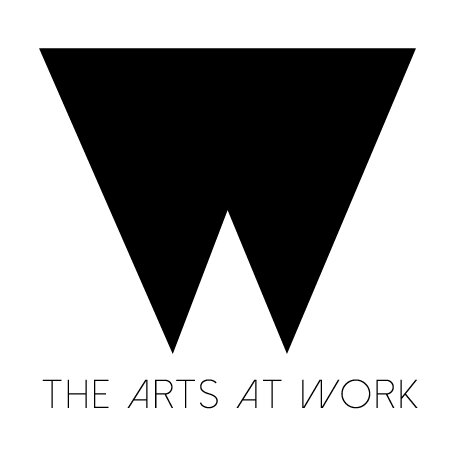Image via Pinterest
Six Things We're Thankful For in 2015
As the Thanksgiving holiday approaches in the U.S., we celebrate the many people we are thankful for: our friends and family members, our advisers and clients, and everyone who has joined us on our journey.
There are also a lot of things we’re grateful for this year, and we’d like to share our top six with you:
- We’re thankful for the New York City MTA’s Poetry in Motion, for providing inspiration during our daily commutes.
- We’re thankful for the Louisiana Museum of Modern Art’s Louisiana Channel. It provides us with introductions to new perspectives from our favorite artists, and introduces us to artists we would’ve been unfamiliar with otherwise.
- We’re thankful for Sarah Stodola’s “Process: The Writing Lives of Great Authors”, for drawing attention to the routines, rituals and practices that resulted in the creation of cherished literary works (and for reminding the world that the muse is one hardworking mother!).
- We’re thankful for Elsie’s Parlor, for providing us with delicious, caffeinated fuel for early morning brainstorms.
- We’re thankful for Bevy Smith’s Instagram page, for its continual reminders that a "gratitude attitude" will get you everywhere.
- We’re thankful for Americans for the Arts’ Art and Business Council, for facilitating creative partnerships that unite culture, commerce and communities.
What are the things you're thankful for? Please share your thoughts in the comments section.
Photo by Comstock/Stockbyte / Getty Images
Design Thinking: Bauhaus Philosophy and an Inclusive Future
Although Walter Gropius founded the Bauhaus nearly a century ago, the movement’s influence on design is ubiquitous. Its emphasis on clean lines and form/function unity is everywhere – from street signs to home furnishings, to the smartphone you may be reading this on. As the Bauhaus philosophy approaches its centenary, we believe that its less visible tenets are similarly relevant to contemporary life and, if adopted, have sweeping implications for progressive future.
In addition to advocating for beauty in everyday life, the Bauhaus believed in:
- The elimination of creative hierarchies (something we feel strongly about)
- A focus on collective benefits and widespread access
- Art as a means of problem solving in modern society
- The artist’s role in society as an active participant
- That good designs should produce no waste
Digital technologies provide ideal environments in which to expand these tenets. “Good design creates great experiences” by making connections between ideas, objects and events that may not be immediately apparent. These connections create affinities between diverse individuals and disparate communities, and provide opportunities to remove barriers – physical, emotional, psychological. It’s true: collective creative effort generates dynamic results.
At WÆRK, we adopt a Bauhaus philosophy and employ it in each project and within all of our operations. We bring beauty to everyday life by equally including perspectives from the arts, sciences and humanities in all of our projects. We take our clients on journeys through the grey areas that color the spectrum of life, and help them to build things, experiences and ideas that matter, through a focus on revealing understanding.
Widespread adoption, of the Bauhaus philosophy's inclusive tenets, can point us toward a future that is both connected and kind. One in which creativity is propelled by empathy and intuition, and technology isn’t beholden to the cult of efficiency über alles.
Photo by Jelena_Z/iStock / Getty Images
Friday Food for Thought
Image via Pinterest
"Creative" Doesn't Cut It
Artists and culture bearers, I think it’s time to revise the lexicon; “creative” just doesn’t cut it anymore. The language of creative economies advanced by Richard Florida, and widely adopted by the tech sector, runs roughshod over the relevance of artists and culture bearers and suppresses their influence.
These “new” creative industries are thriving financially, while the traditional creative industries are witnessing the devaluation of artistic skills and the disappearance of professional opportunities. There is an inverse relationship between the declining viability of careers in the arts and culture in major U.S. cities and the increase in artistic references (often without attribution or context) in the marketplace.
We must find the means to articulate the necessity of the artist and the culture bearer in the marketplace, our communities and our individual lives. We must innovate broadly to create opportunities for these highly-skilled professionals. We must develop language to elevate issues relevant to artists and culture bearers, so they don’t get lost in the shuffle of the creative economies.
WÆRK uses the term “artisanal creative” to refer to artists and culture bearers, but we’d love to hear your suggestions. Please share them in the comments.
Photo by WÆRK





